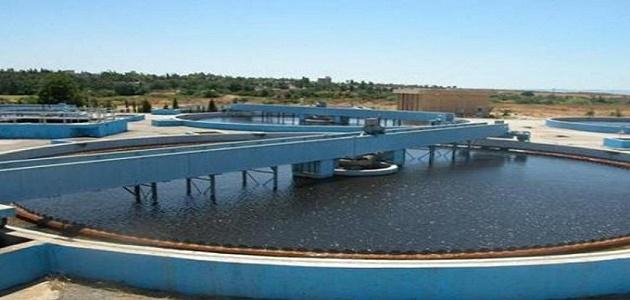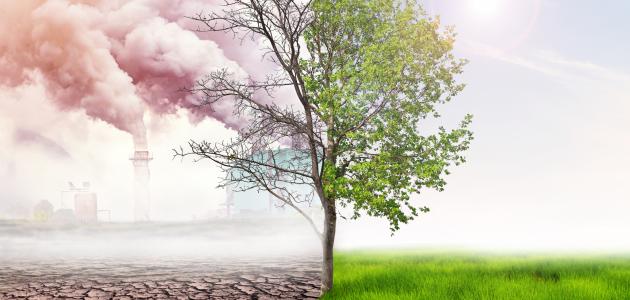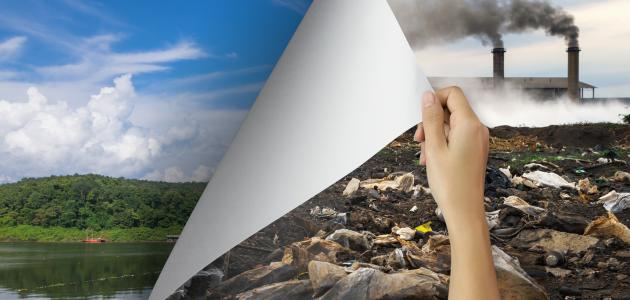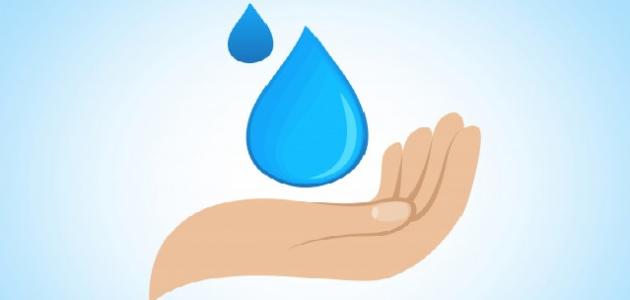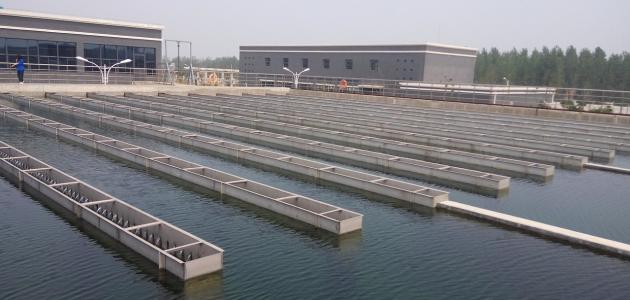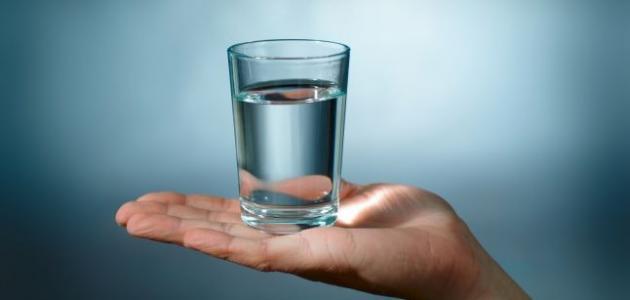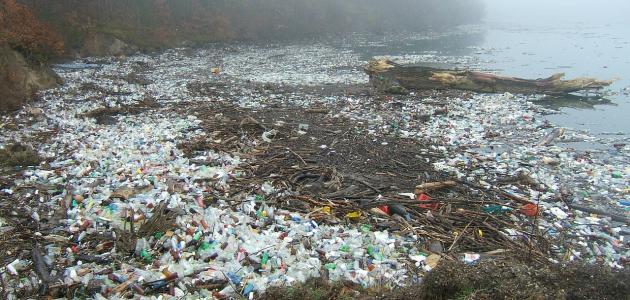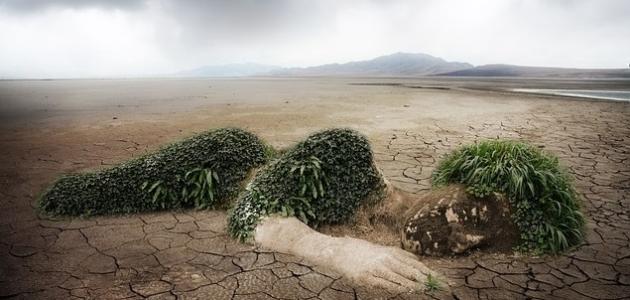Water purification by filtration and sedimentation
Water is purified by following the following basic stages:
- Screening: This is the stage in which water passes through a membrane to filter unwanted objects and pollutants, such as wood, fish, and plant parts that fall into it.
- Coagulation: In the coagulation stage, the chemical alum (in English: alum) and other chemicals are added to the water, and this leads to the formation of small sticky particles that attract dirt particles, so they become heavy and sink to the bottom of the basin.
- sedimentation: The water with the sticky particles then flows into the sedimentation basin, and the particles settle to the bottom and are disposed of.
- Filter: Water is passed through layers of gravel or charcoal, to filter out any other remaining particles.
- Cleansing: The water is transferred to a closed tank, where some chemicals are added that kill bacteria, and then the water is delivered to homes and buildings through pipes. Among the most prominent chemicals that are added at this stage are compounds that contain the element chlorine, such as chlorine dioxide, and other chemicals. Such as hydrogen peroxide.
Note: To purify groundwater, only the disinfection stage is needed.
Modern methods of water purification
- Nano technology: It is the engineering related to purifying water by treating it from very small particles, so nano filters for water purification are more effective than traditional filters.
- Water desalination: In order to obtain drinkable water, seawater can be desalinated, and this is done through many processes, the most important of which are: reliance on reverse osmosis, vacuum distillation, and others, and it is worth noting that this Roads consume a lot of energy and are very expensive.
Important information about water purification
- To purify hard water, which consists of a high percentage of minerals, sodium carbonate is added in order to expel calcium carbonate. It is worth noting that this step is very important because without it, the minerals suspended in the water may cause blockage of the pipes.
- Some regions in the world do not have modern methods for purifying water, so alternative methods have been found to treat it, such as: boiling, distillation, relying on reverse osmosis, and others.
